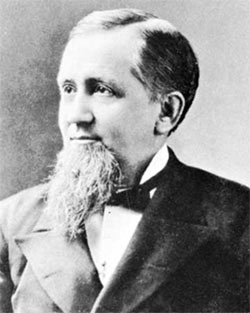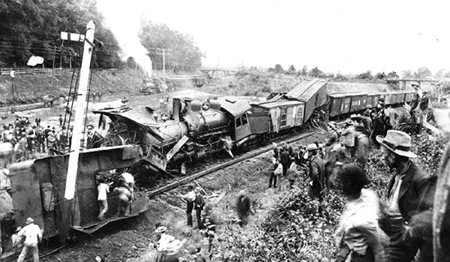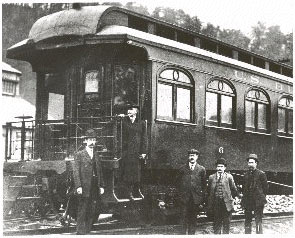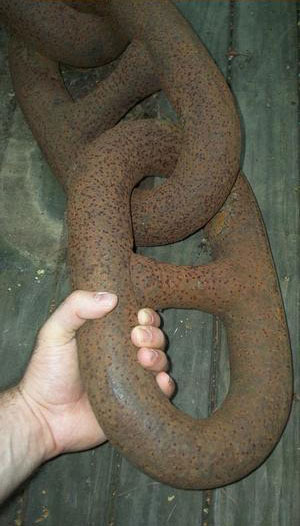The time: three weeks ago.
The place: Wagner Murray Architects.
The situation: a megamillion-dollar deal gone sour.
So the WMA boss comes up to us and explains that the stadium spaces we’ve been designing for UNNAMED SPORTSKETBALL TEAM have come to a grinding halt for reasons we can’t mention. We were assigned the task of putting together great-looking renderings of each of the spaces, some of which we’ve never even worked on, in order to unfreeze the gears of this complex machine we call capitalism-based public-funded sports multi-sponsorship. The rigors entailed by this process included the creation of props and scenes in 3-D, the lighting and rendering of said scenes, and the gathering of approval from all of the affected parties. This entry, unfortunately, cannot reveal the innermost secrets of our work as of recent. We really can’t even put the renderings up on the Internets because they’re still under wraps. But, suffice to say, we have been fruitfully busy these past few weeks (and weekends…sigh…) and, therefore, have a legitimate excuse for not posting much on this blag for a little while. I mean, come on! We did months worth of work in three weeks.
We can, however, reveal to you some Pixelfab plans for the somewhat-near (read: 5 years) future because WE are the gentlemen in charge of this company and WE get to say who can tell whom what and when! Our main idea of this week revolves around the (hopefully near) future office space of our company. Out of hand we immediately dismissed all of the standard solutions to the problems that hang heavy on the soul of the Modern Head of Company. Why settle for a brick-and-mortar, or possibly glass and steel, solution? It’s the 21st century, so we figure that it’s important to at LEAST use late-19th century technology to aide our office ailments. Who needs a geographically-bound office space when, like modern information, you can soar over the horizon at or near the speed of thought? Our office needs to be hip, it needs to be modern, and, most important of all, it needs to be railworthy.
Enter Charles A. K. Pullman. I don’t know his first or middle names, so I’ve inserted my first name and Karl’s first two initials.

In the 1800s, the Industrial Revolution had revolutionized the world. Rail travel was a shining beacon of future progress, but it was wrought with the unpleasant trend of overcrowdedness and the inconvenience of frequent explosions and collisions with fate herself.

The Pullman car changed all of this. It was a model of luxury in a world of toil and scant antiseptics. The Pullman car was the ideal mode of transportation for the 19th and 20th century elite and, thus, is the ideal mobile office space for the elite businessmen of the 21st century.

Gone are the days of draftstables, career typists, and notary-scriveners. We live in a world where a magical box can think a billion times faster than even the most gifted maths-genius; where the word “digitron” is no longer an adjective, but a noun; where a businessman can travel from one side of this vast globe to the other and be made BORED by the entire excursion. We live in a world never conceived of by even the most insane fever-dreams of man or god.
The mounting of our business inside of a train car has, of course, long been a dream of both Karl and myself. We just didn’t know it. We figure that the best way to go about it will be to buy some fashion of circa-1860s decroded-ass railcar and, over a year or two, improve her until she is sleek, steadfast, and impermeable, not unlike the Titanic on her maiden voyage. It will be a good opportunity for us to learn to weld (NO RIVETS!), as well as design, with the utmost quality, the inside of part of a train. All we’ll need after that is a plot of land within a stone’s throw of a legitimate rail line and clearance from Uncle Sam so we don’t get thrown into prison for Impersonating a Train, or whatever railroad-based crimes happen to currently exist in the lawbooks (we don’t know much about this).
Security for this vessel will certainly be a concern, but I assure you that she’ll be properly moored.

We plan to buy the largest anchor chain possible (within reason (or, rather, “reason”)) and attach it to a large steel post stationed, not unlike a sentry, in the firm, bountiful piedmont clay of the Carolinas. An intricate security system involving trap-doors and spike-and-acid-filled tiger pits should protect our valuable computing hardware. We haven’t really thought this part through as much as the rest.
Your thoughts on this matter are greatly appreciated. Anyone with a hauntingly intricate knowledge of trainlaw and rail engineering may be considered for consulting work. We look forward to inviting all of you aboard our vessel, at least as far as fire code will allow.